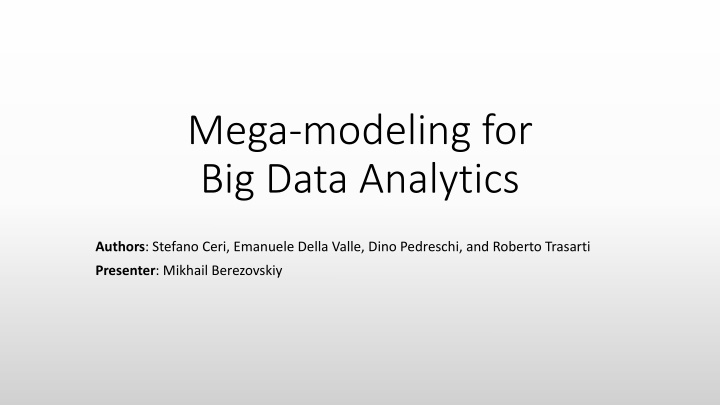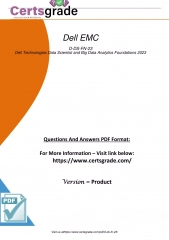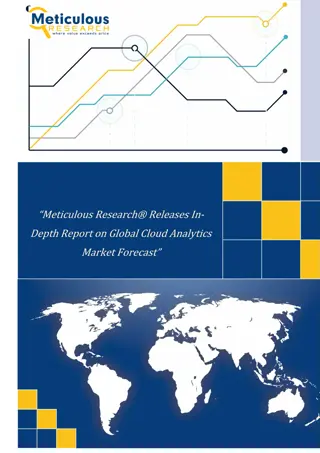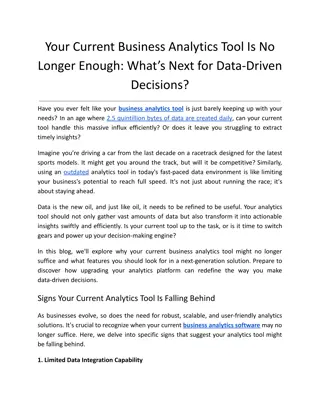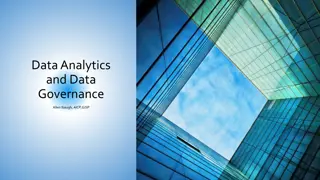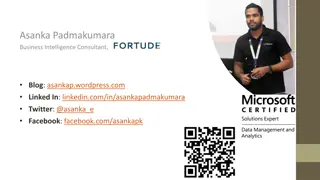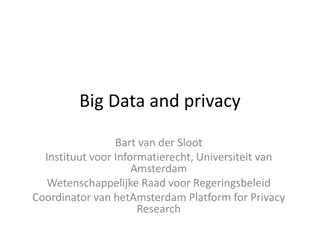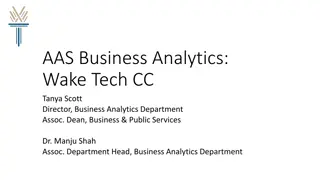Mega-Modeling for Big Data Analytics
Mega-Modeling is a comprehensive approach that encompasses model construction, evaluation, composition, evolution, and search to address challenges in various areas such as social and economic resilience, health, transportation, and energy management. The pillars of Mega-Modeling include Model-Driven Engineering, data mining, big data analytics, and integration of data patterns with queries. Mega-Modules facilitate scientific big data processing by handling data preparation, analysis, evaluation, input and output patterns. Examples like M-Atlas demonstrate the application of Mega-Modeling in mobility data mining for understanding mass movements of people. This innovative approach offers a new perspective on scalable model development for big data analytics.
Download Presentation

Please find below an Image/Link to download the presentation.
The content on the website is provided AS IS for your information and personal use only. It may not be sold, licensed, or shared on other websites without obtaining consent from the author.If you encounter any issues during the download, it is possible that the publisher has removed the file from their server.
You are allowed to download the files provided on this website for personal or commercial use, subject to the condition that they are used lawfully. All files are the property of their respective owners.
The content on the website is provided AS IS for your information and personal use only. It may not be sold, licensed, or shared on other websites without obtaining consent from the author.
E N D
Presentation Transcript
Mega-modeling for Big Data Analytics Authors: Stefano Ceri, Emanuele Della Valle, Dino Pedreschi, and Roberto Trasarti Presenter: Mikhail Berezovskiy
Drivers Progress in many areas: - Social and Economic resilience - Health - Transportation - Energy management This challenge cannot be addressed by simply deploying currently available technology Modelling, as we know it today, is required to scale up to a higher level => MEGA MODELING
What is Mega-Modeling? Comprehensive theory of Model construction Model fitness evaluation Model composition Model Evolution Model search A new Model of Models A bit vague?
Pillars of the Mega-Modeling Model-Driven Engineering (MDE) Data mining and big data analytics Mega-Model Integration of data patterns with data and queries Support of dynamic aspects related to: Inspection Adaptation Integration - - -
Mega-modules for Scientific Big Data Processing Pipe Input Data Output Data Data preparation Data analysis Data evaluation Input Patterns Output Patterns
Mega-modules for Scientific Big Data Processing
Example. M-Atlas M-Atlas mobility data mining It shows how big masses of people move from regions to regions It s a aggregated data from users movement trajectories
Example. M-Atlas with Mega-Model Reported flocks have a population above a given threshold and connect specific portions of territory Several observations of the positions assembled into a single trajectory Trajectories are assembled and reported as movements of groups of people (flocks)
General-Purpose Composition Abstractions Pipeline decomposition Parallel decomposition Map-reduce decomposition
Specific Composition Abstractions What-if control Drift control Component-based graph decomp.
Data Management Mega-Schema Define a unique mega-schema(?) Ontology-driven schema design and annotation methods (e.g. medicine and biology) Global as view (GAV) mapping is a belief of beneficial long-term data conversion complexity Note from authors: We do not make assumption on the specific mega-schema syntax
Data Management Patterns Optimization Schema of patterns reflects the underlying structure rather than its input and output data With following assumptions: There exists a finite number of pattern structures capable of describing all the forms of regularity Patterns to describe large numbers of Items, all with the same format Items are structured objects with a schema, and can be typed Patterns can be described by means of type constructors with Items and numerical attributes expressing their properties Like this:
Example. Bottari An augmented reality application for personalized points of interests and restaraunts in Seuol
Conclusion and discussion Objective of this paper is to rise raise the interest of the community of scientific big data processing on model composition and reuse Approach is very preliminary and needs formalizations and extinctions Mega-models as a buildup on top of meta-models, with support of analytical and simulation processes
